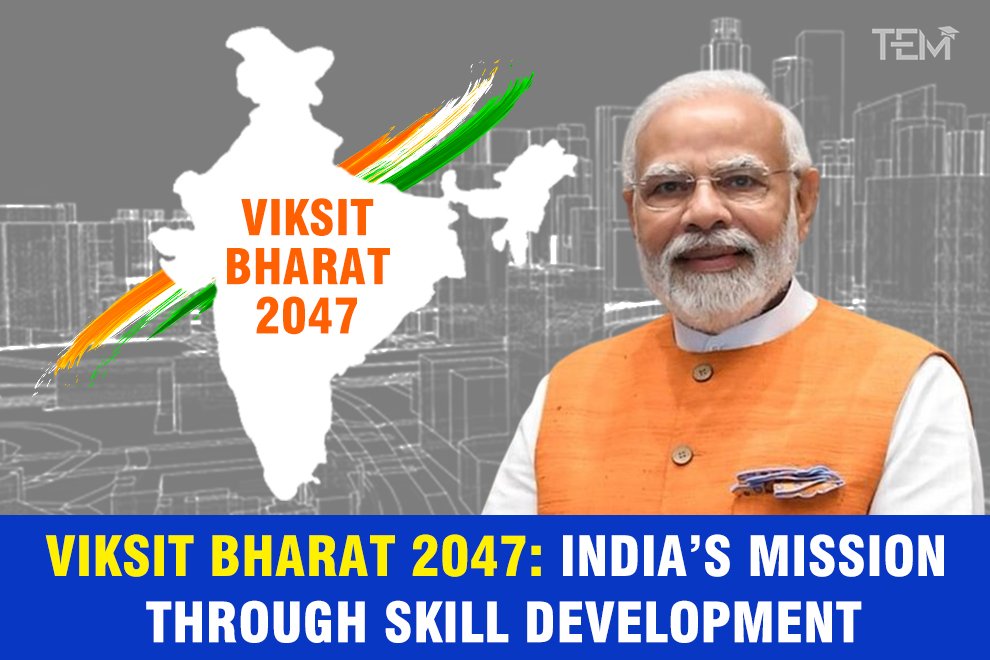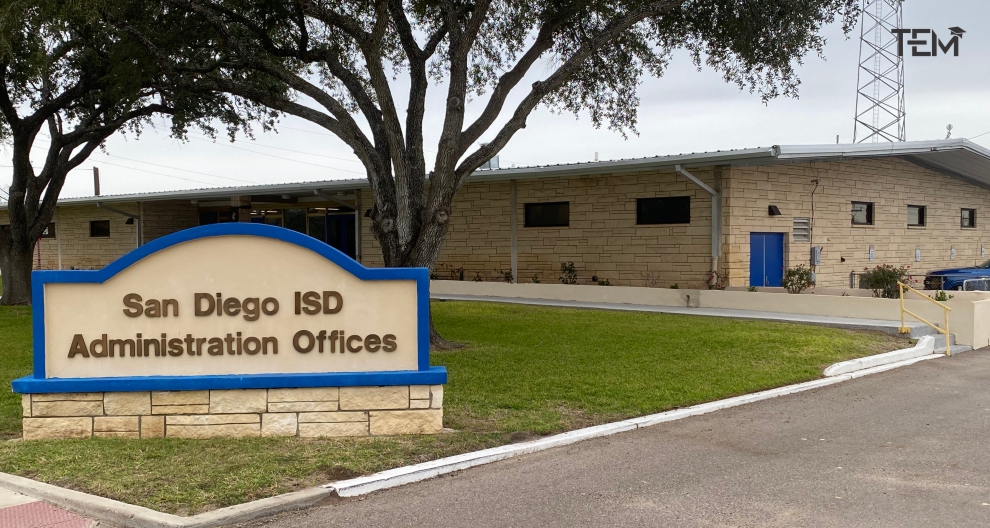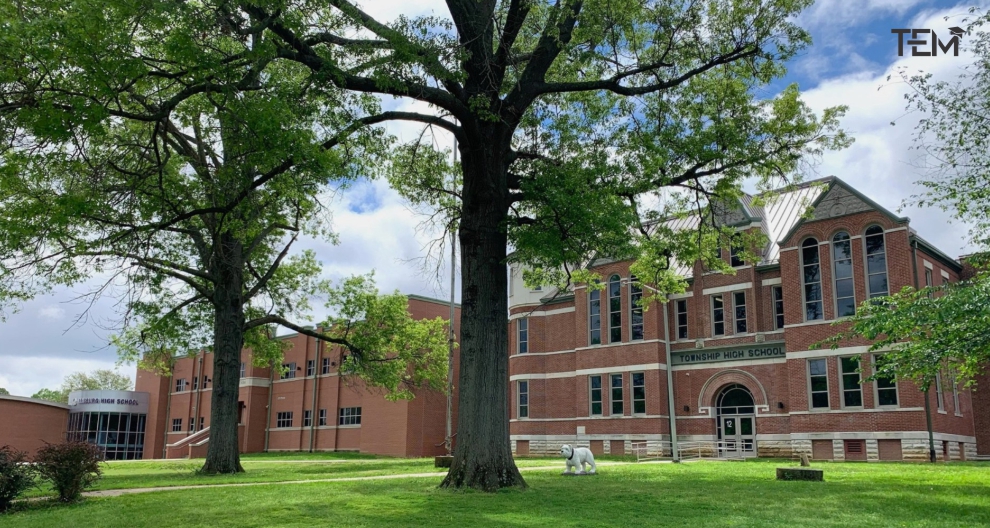The Education Magazine
April 28, 2025
India knows its true strength lies with its people. That’s exactly why the country is pouring considerable resources into its skill development and technical education framework, a direct investment towards Viksit Bharat 2047. Think of this national undertaking not merely as a policy, but as a bedrock, foundational to the ‘Viksit Bharat 2047’ vision. The goal?
Transforming India into a developed nation by Viksit Bharat 2047, fundamentally by equipping its citizens and unlocking their vast potential. It zeroes in on ensuring young Indians gain job-ready skills and cultivating robust employment growth, crucial engines for economic forward movement.
Addressing the National Skill Challenge
Union Minister Jayant Chaudhary, the individual steering Skill Development and Entrepreneurship, recently laid bare both the massive opportunity and the significant hurdle ahead for achieving Viksit Bharat 2047.
Referencing national economic analysis, he highlighted this pressing need: we’ve got to forge pathways to skilled employment for something like 7.85 million individuals each single year, leading up to 2030. Hitting that ambitious number, he stressed firmly, absolutely necessitates a complete overhaul – a fresh look at how technical education truly primes folks for the working world and careers they can find fulfilling.
Reinventing Training for Employability
Right at the heart of this transformation, crucial for realizing Viksit Bharat 2047, sit India’s vocational and technical powerhouses: ITIs, Polytechnics, and Engineering colleges, among others. The push is hard towards learning deeply interwoven with actual industry needs, not just theory. Following the National Education Policy 2020’s clear lean towards practical learning, reforms are actively being rolled out.
The idea here is simple: students shouldn’t just walk away with certificates. They need the actual skills, the genuine confidence required for thriving careers, making them effective contributors from day one.
Building sturdier connections between learning environments and earning opportunities? That’s paramount for Viksit Bharat 2047. Programs like the Dual System of Training (DST) and the National Apprenticeship Promotion Scheme (NAPS) are getting a serious boost precisely for this reason.
Bridging Learning to Livelihoods and Lifelong Skills
They offer invaluable real-world seasoning, allowing trainees to absorb knowledge and develop within actual workplaces. Getting feedback straight from industry heads via Sector Skill Councils makes certain the training on offer lines up directly with skills employers are hunting for, massively upping graduates’ prospects.
The strategy smartly acknowledges lifelong learning’s critical role in securing livelihoods across a dynamic global stage. Accessible programs are coming online, built to help currently employed individuals quickly update their skill sets and pivot. This ensures they can navigate evolving job descriptions in areas like manufacturing and services.
Modern, easy-to-tap-into training methods – think digital toolkits, maybe even virtual reality setups – aim to democratize access to quality learning opportunities for more people across the country, practically wherever they might be based.
Leveraging National Frameworks and Global Insight
Making these opportunities happen leans heavily on the robust framework provided by established national programs: the Skill Indian Mission, Pradhan Mantri Kaushal Vikas Yojana (PMKVY), and the Jan Shikshan Sansthans stand out.
These initiatives effectively leverage India’s sheer scale and extensive network of training spots. Plus, teaming up with international partners actively helps integrate global best practices, adding layers of richness to the entire learning journey
It’s an investment, plain and simple, in India’s collective tomorrow. By fostering a capable workforce, believes in itself, and can adapt on the fly, the country fully intends to inject fresh energy into its industries, pull in lasting investment, fire up innovation, and clinch better lives for its people. These are all vital steps toward realizing the aspirations of Viksit Bharat 2047.
Also Read: Uzbekistan Qatar Vocational Skills Center: Bold Move or Silent Gamble?













